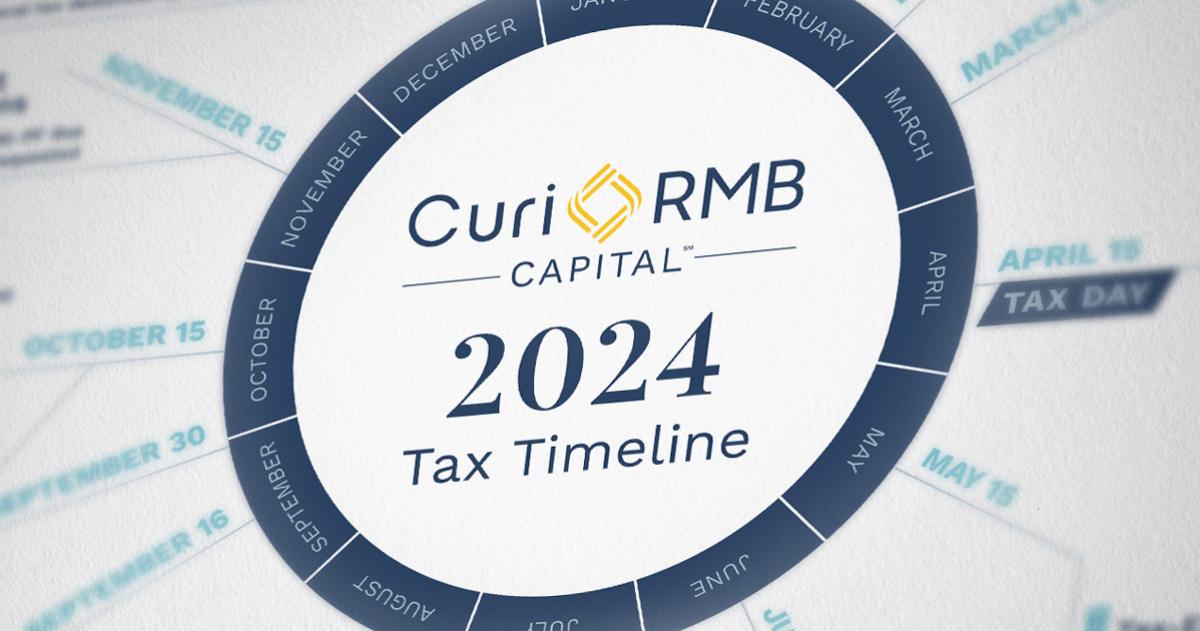If you think it’s a little strange that you have more than one IRA in your name, you may be surprised to find out that it’s relatively common for investors to accumulate multiple IRAs over time. Whether it’s a Simplified Employee Pension (SEP) IRA for your business or a Traditional IRA that was funded from an old 401(k) rollover, it’s relatively simple to open an IRA with a bank or other financial institution. To help manage your retirement assets, the IRS has several methods that will allow you to make nontaxable transfers between like-registered IRAs. One such method is the 60-day rollover. With the recent change in IRS regulations related to the 60-day rollover, it’s important for investors to understand these rules in order to avoid negative ramifications.
Definition The 60-day rollover allows you to transfer assets from one IRA (or other retirement plan) to another IRA. Specifically, the IRS will allow you to withdraw cash or other assets from one eligible retirement plan and contribute all or part of it, within 60 days, to another eligible retirement plan.1 This is a nontaxable event for all assets redeposited into an eligible IRA. You could even remove assets from an IRA and redeposit the amount back into the exact same IRA within 60 days and it would fall under the 60-day rule. Assets removed from an IRA that are not deposited into an IRA within the 60-day time frame are considered a distribution and are subject to income tax. If the IRA owner is under the age of 59.5, this could also incur a 10% early distribution penalty.
Limitations Section 408(d)(3)(B) of the Internal Revenue Code provides details outlining that one IRA-to-IRA transfer performed in this manner is allowed per year. In a recent case, Bobrow v. Commissioner, the U.S. Tax Court examined this issue and determined that the one-per-year limitation on the 60-day rollover applies to all of an individual’s IRAs. Thus an individual could not make an IRA-to-IRA rollover if that person had already executed this type of rollover within the previous 365 days — despite the fact that the first rollover may have occurred in a different IRA.2
Qualifying Transfers All IRA-to-IRA transfers using the 60-day rollover are subject to the once-every-365-day limit. A transfer from a retirement plan, such as a 401(k) or 403(b), to an IRA does not have a limit on the amount of times a 60-day rollover can be done within a year. The reverse of this also applies. A transfer from an IRA to an eligible retirement plan like a 401(k) would not trigger the limitation of 60-day rollovers. Further, Roth Conversions (moving assets from a pre-tax IRA or retirement plan into a Roth IRA) also do not count toward the limitation on rollovers.
Penalties If an individual were to perform a second rollover from one IRA to another utilizing the 60-day rule and not waiting the full 365 days, then that entire amount would be considered a taxable distribution and taxed at ordinary income rates. Even more detrimental, if that person does not realize he or she has violated this provision and allows the rolled-over funds to remain in the IRA, it could be considered an excess contribution. If not withdrawn by the date your tax return is due for the year, an excess contribution is subject to a 6% tax. This 6% tax must be paid each year that the excess contribution amount, and the earnings it generates, remains in the IRA.
Alternatives While this new ruling could cause problems for investors who frequently utilize the 60-day rollover strategy, understand that there are other types of rollovers that do not have a restriction on the number of times they can be utilized in a year. The simplest method to transfer one IRA to another and avoid even the perception that you have taken control of the funds is to do a trustee-to-trustee transfer. With this method, you request that the trustee currently holding the IRA transfer the desired amount directly to the other trustee to be deposited into your IRA there. This allows you to avoid ever having the funds in your direct possession and would not trigger the limitation on rollovers. Typically, this is the type of IRA-to-IRA transfer that RMB advisors recommend to our clients.
Bottom Line It’s important to make sure you understand the new mandate by the U.S. Tax Court, which goes into effect January 1, 2015, in order to properly plan for any expected IRA transfers. You also want to make sure that, if you are using the 60-day rollover, you are not violating the rules of its use.
- If you utilize the 60-day rollover this year, you will want to keep this date in mind when planning for a potential 2015 rollover. For example, say you use the 60-day rollover this September to move an amount from your IRA at bank #1 to a new IRA that you just opened at bank #2. Now fast-forward to spring 2015 and imagine you need a short-term loan that you plan to repay within 60 days. You would not be able to pull funds from any IRA that you own without this being a taxable distribution—even if it is your intention to move the balance back into the IRA within 60 days.
- When using the 60-day rollover, remember that you must deposit the same asset that is withdrawn. You cannot withdraw cash from your IRA, use that cash to buy shares of stock, and then redeposit those shares of stock. If cash is what was originally withdrawn from the IRA, then cash must be deposited within the 60 days to avoid a taxable distribution.
When using the 60-day rollover, it might be beneficial to get confirmation from the IRA custodian that your deposit was coded correctly as a rollover and not a contribution. Be attentive to the amount of time that has passed to avoid missing the redeposit window. Always consider using a trustee-to-trustee transfer as your first option when looking to make a rollover transfer. Taking the extra step to ensure that no inadvertent errors were made during this process can save you a lot of headaches later on.
This article was originally written in July 2014 and confirmed to be current as of January 2021.
- “Topic 413: Rollovers from Retirement Plans,” www.irs.gov, February 27, 2014.
- Bobrow v Commissioner, T.C. Memo 2014-21.
Sources: www.irs.gov; IRS, Pub. 590 : Individual Retirement Arrangements (IRAs) (2013).
The opinions and analyses expressed in this communication are based on RMB Capital Management, LLC’s research and professional experience, and are expressed as of the date of our mailing of this communication. Certain information expressed represents an assessment at a specific point in time and is not intended to be a forecast or guarantee of future results, nor is it intended to speak to any future time periods. RMB Capital makes no warranty or representation, express or implied, nor does RMB Capital accept any liability, with respect to the information and data set forth herein, and RMB Capital specifically disclaims any duty to update any of the information and data contained in this communication. The information and data in this communication does not constitute legal, tax, accounting, investment, or other professional advice.
Certified Financial Planner Board of Standards, Inc. owns the certification marks CFP®, CERTIFIED FINANCIAL PLANNERTM and federally registered CFP (with flame design) in the U.S., which it awards to individuals who successfully complete CFP Board's initial and ongoing certification requirements.







